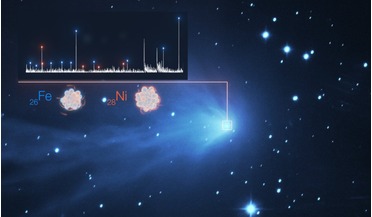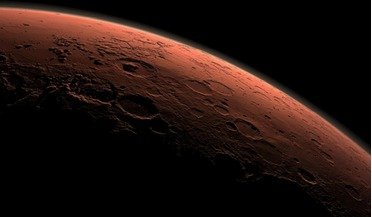 04 May 2020
Exoplanets with hydrogen-rich atmospheres could harbour life
04 May 2020
Exoplanets with hydrogen-rich atmospheres could harbour life
...the electromagnetic spectrum that astronomers use to identify molecules, especially planetary atmospheric ones such as methane, carbon monoxide (CO), and carbon dioxide (CO2). With the aid of JWST and ground-based spectrometers and given the tenacity...
 19 May 2021
Scientists unexpectedly find heavy metal vapour in comets throughout our Solar System, and beyond
19 May 2021
Scientists unexpectedly find heavy metal vapour in comets throughout our Solar System, and beyond
... the constituents of water – material left over from when the planets formed – such as carbon dioxide (CO2), carbon monoxide (CO), methane (CH4), and ammonia (NH3). Even when close to the Sun, these gases do not change ...
 March 2017
Growing plastic-producing bacteria in space
March 2017
Growing plastic-producing bacteria in space
...how can biotechnology support and benefit future space missions? Carbon dioxide (CO2) is exhaled by humans while breathing and ..., a photosynthetic cyanobacterium, which uses CO2 as a carbon source and sunlight for energy, produces sugar for another...
 June 2020
Titan’s evolving atmosphere
June 2020
Titan’s evolving atmosphere
...and processes therein leading to the formation of organics. The atmosphere also includes small amounts of exogenous carbon monoxide, carbon dioxide and water. The complex refractory organic compounds combine and aggregate in the atmosphere where they...
 January 2021
Taking out the trash in space
January 2021
Taking out the trash in space
... produced from the flight experiment was largely consistent with lab testing, the primary products being carbon dioxide and carbon monoxide. Trace compounds that were also produced are being researched and fully understood for...
 November 2021
Space in support of sustainable development
November 2021
Space in support of sustainable development
...projects, initiatives and decision-making. Starting in the atmosphere, satellites can detect levels of greenhouse gases, such as carbon dioxide and methane, and what impact rising levels are having on humans, animals and the environment. Additionally...